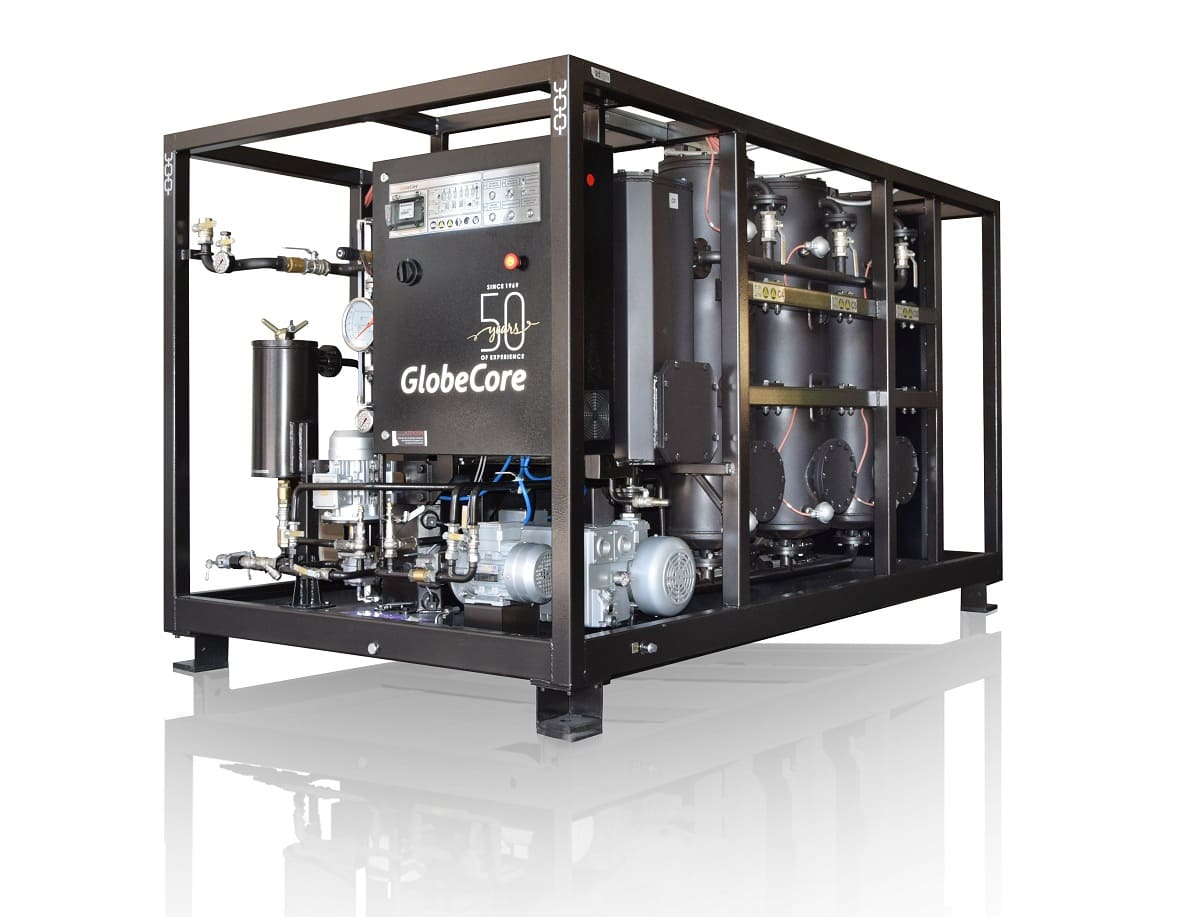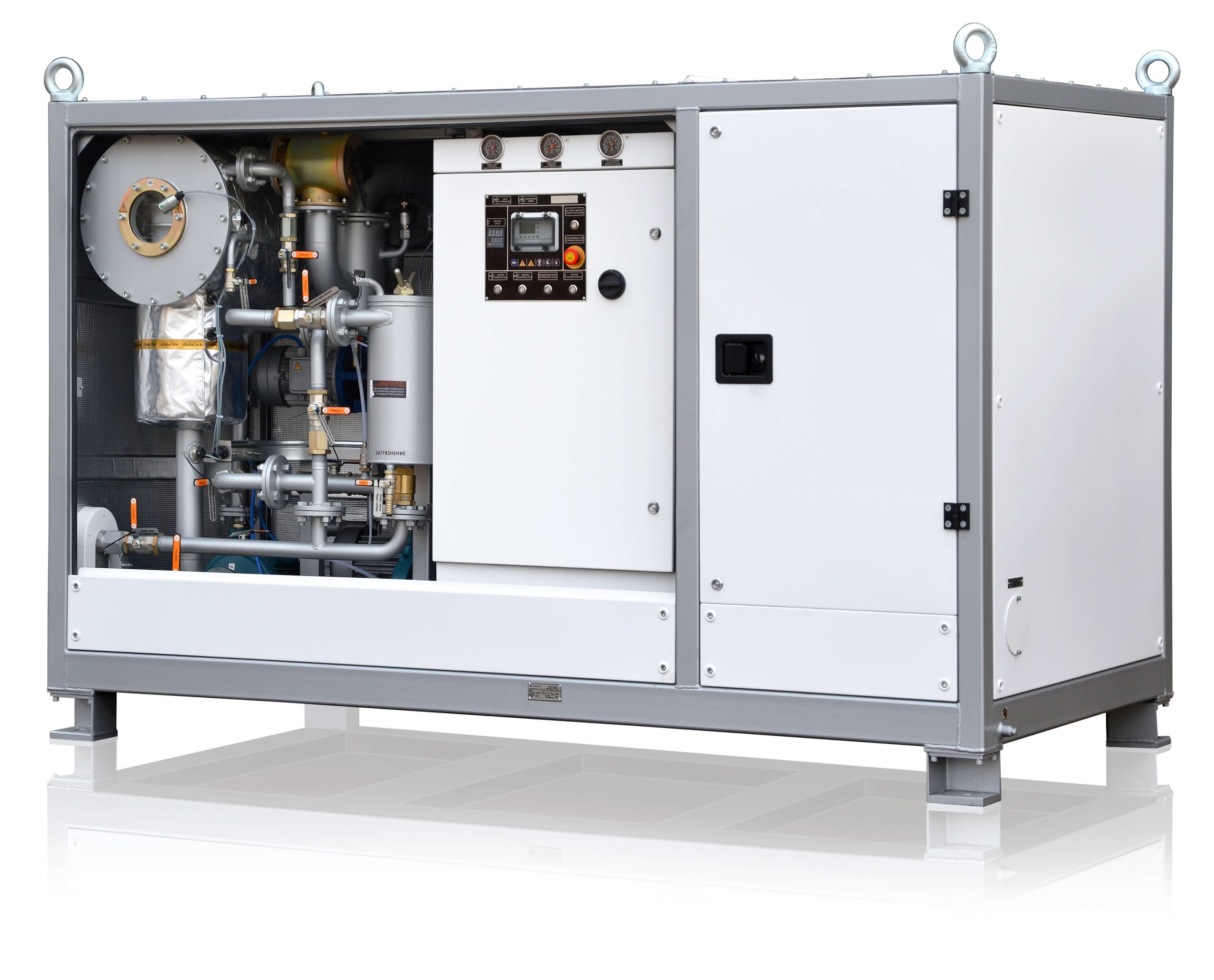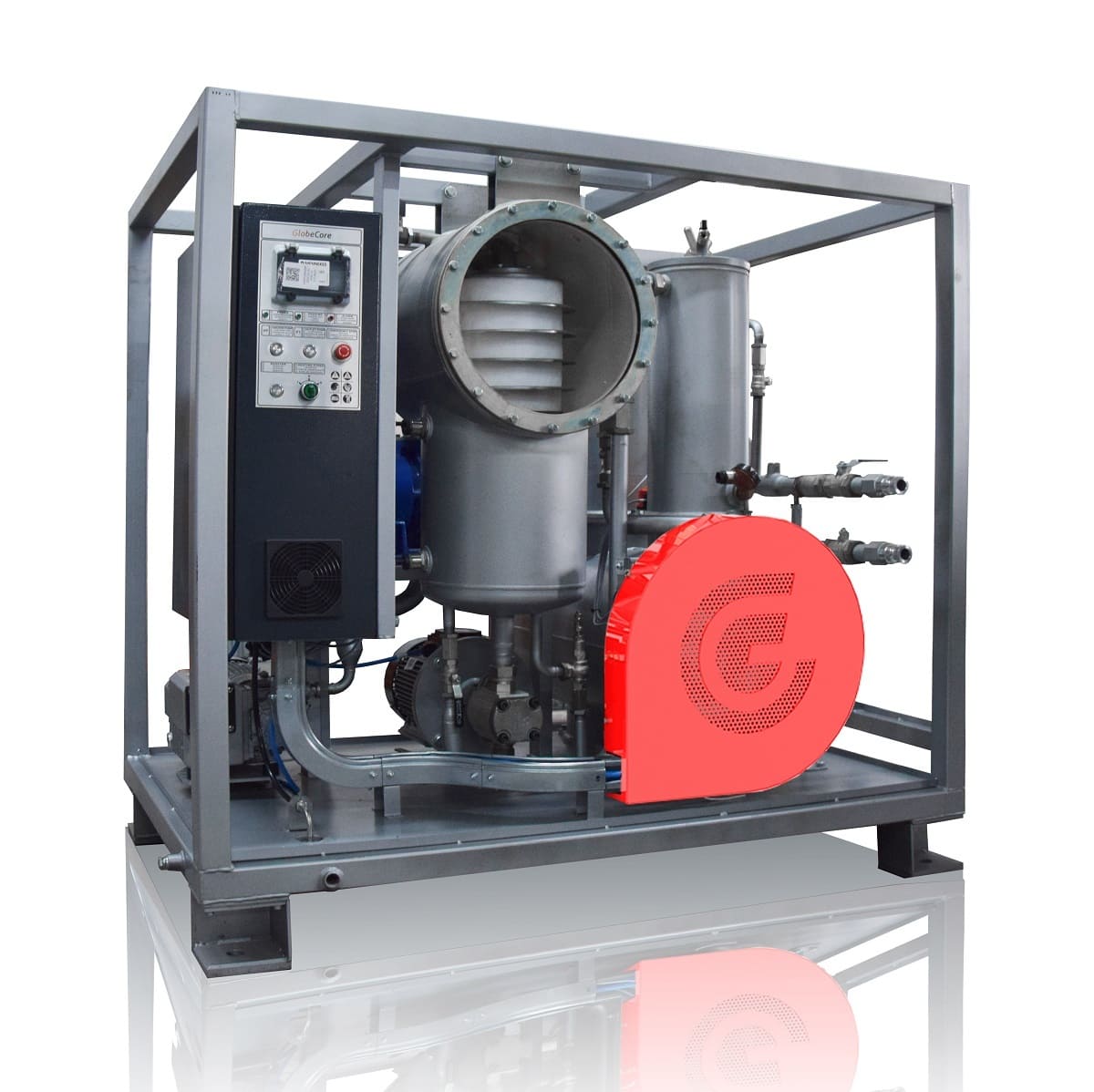How is silicone oil performance testing conducted for transformers, and what standards are used?
- This topic has 1 reply, 2 voices, and was last updated 1 year, 2 months ago by .
Answers
-
October 5, 2024 at 1:03 pm by William Foster
Silicone oil performance testing for transformers is conducted through a series of laboratory analyses designed to evaluate the oil’s condition and suitability for use. The process begins with the collection of representative oil samples using clean, contamination-free methods to ensure accurate results. Key tests include dielectric breakdown voltage measurement, which assesses the oil’s insulating capability, and moisture content analysis using techniques like Karl Fischer titration to determine water levels. Acidity (neutralization number) tests evaluate the presence of acidic compounds resulting from oxidation, while Dissolved Gas Analysis (DGA) detects gases that may indicate thermal or electrical faults within the transformer. Viscosity measurements ensure the oil maintains appropriate flow characteristics, and particle count analysis assesses the level of particulate contamination. Standards such as ASTM D974 for dielectric breakdown voltage, ASTM D217 for moisture content, and IEC 60296 for transformer oils provide guidelines for these tests, ensuring consistency and reliability in performance assessment. Compliance with these standards helps maintain transformer efficiency and prevents potential failures.



